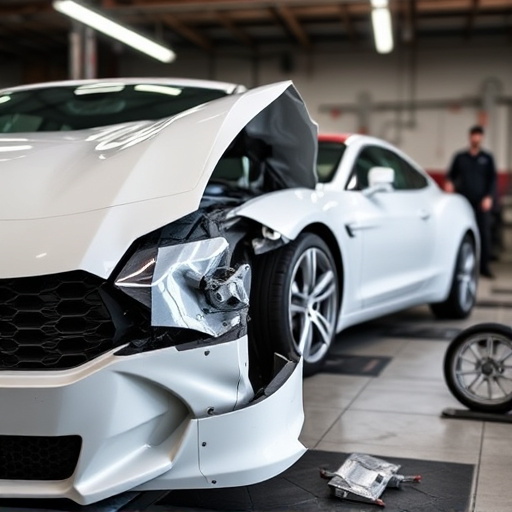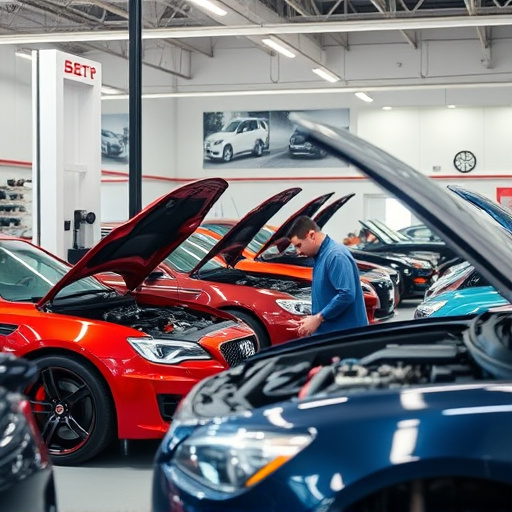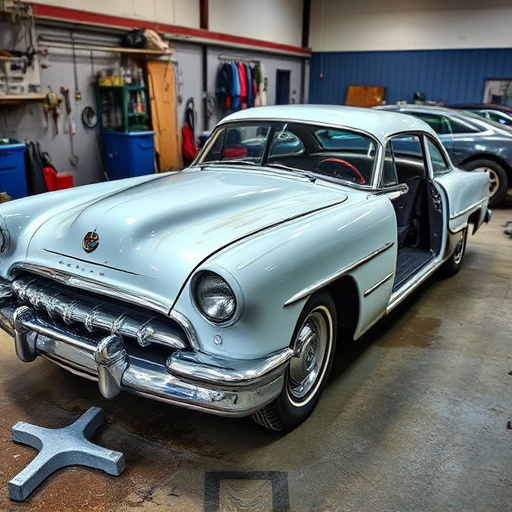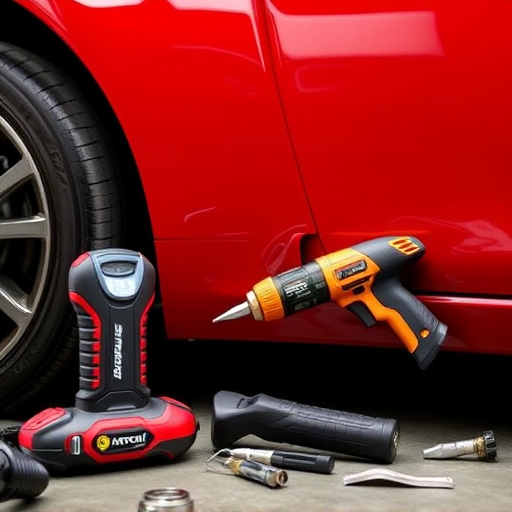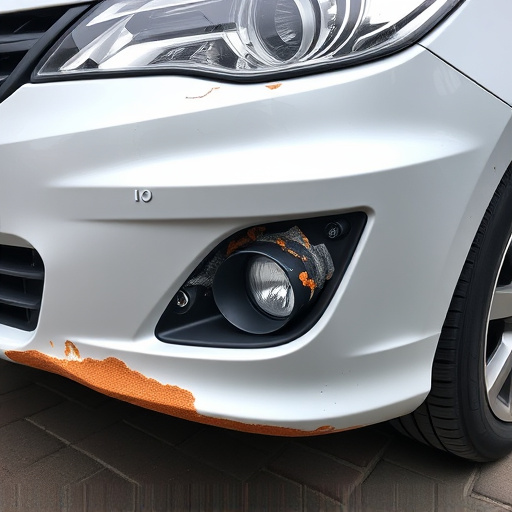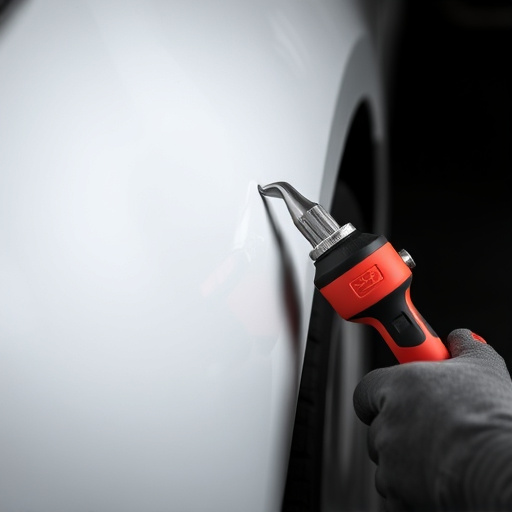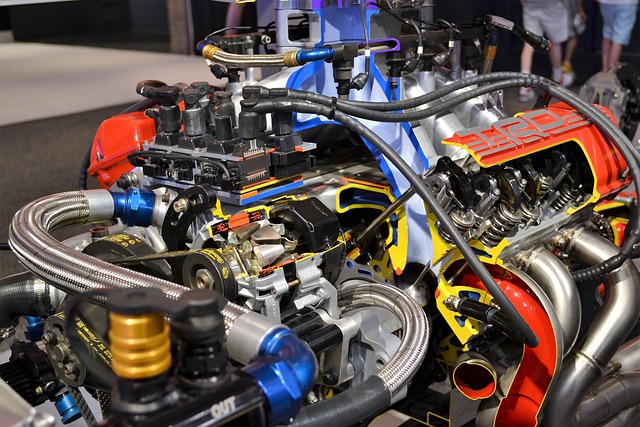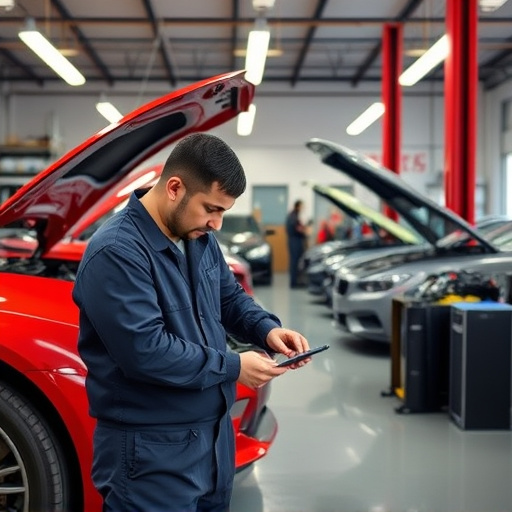Replacing a heated windshield requires precise voltage alignment (12V-24V) and selecting the right heater for optimal performance. Key factors include heater arrangement, temperature control, energy efficiency, and heat distribution. Proper installation, secure fitment, and regular cleaning ensure maximum efficiency, driver comfort, and safety during cold weather.
Looking to enhance your driving experience, especially during chilly mornings? Consider investing in a voltage-tested glass heater. This article provides advanced tips on how to make the most of this feature. We’ll guide you through understanding the voltage requirements for heated windshields, selecting the perfect glass heater for your vehicle, and mastering installation best practices for optimal performance. Say goodbye to frosty windows with these expert insights on heated windshield replacement.
- Understanding Voltage Requirements for Heated Windshields
- Choosing the Right Glass Heater for Your Vehicle
- Installation Best Practices for Optimal Performance
Understanding Voltage Requirements for Heated Windshields
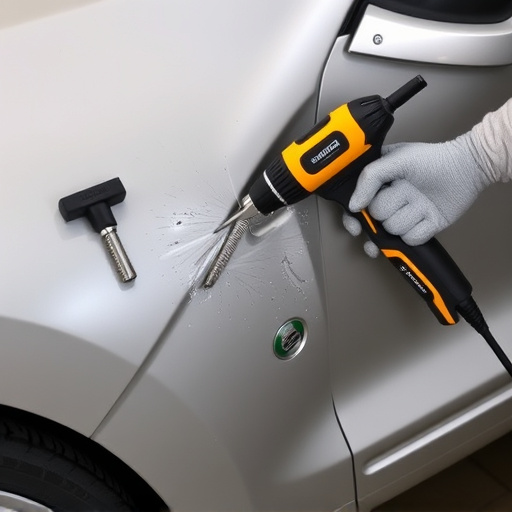
When considering a heated windshield replacement, understanding the voltage requirements is paramount. Unlike standard windshields, which operate on lower voltages, glass heaters are designed to handle higher electrical inputs to effectively melt away frost and ice. Auto repair shops often recommend specific voltage levels for these components, typically ranging from 12V to 24V, depending on the vehicle’s make and model. This ensures optimal performance and longevity of the heater, which is crucial for clear visibility during winter months.
The process involves integrating the glass heaters into the car’s electrical system, a task that requires precision and attention to detail in car body restoration or bodywork. Proper installation includes matching the heater’s voltage rating with the vehicle’s power supply, ensuring safe and efficient operation. This consideration is especially vital for those living in regions with harsh winters, where defrosting becomes an indispensable feature for safe driving conditions.
Choosing the Right Glass Heater for Your Vehicle
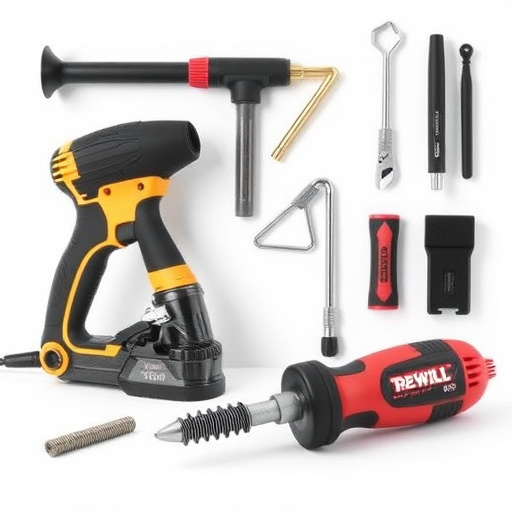
When considering a heated windshield replacement, selecting the appropriate glass heater is key to ensuring optimal performance and longevity. The market offers various options tailored to different vehicle makes and models. For instance, those specializing in Mercedes-Benz repair often require specific glass heaters compatible with their intricate systems. It’s crucial to match the heater’s specifications with your vehicle’s requirements, including the size of the windshield and climate control needs.
Choosing the right glass heater involves evaluating factors like heating elements’ arrangement, temperature control capabilities, and energy efficiency. A well-suited heater should distribute heat evenly across the entire windshield while offering adjustable settings for varying weather conditions. This ensures a clear view during cold winters and prevents fogging up of your window in any season, making it an essential component for both daily driving comfort and safety, especially in regions with extreme climates.
Installation Best Practices for Optimal Performance
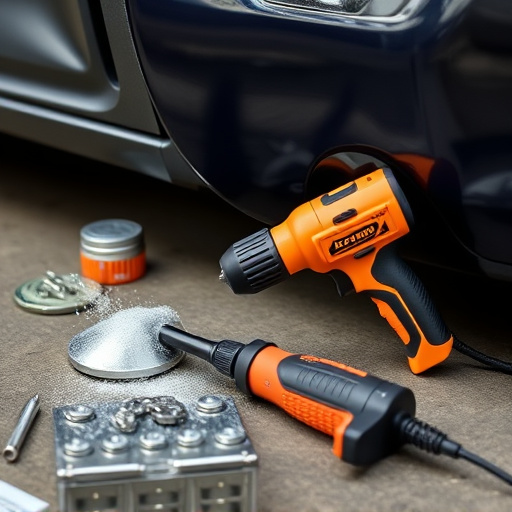
When installing a heated windshield replacement, adherence to best practices ensures optimal performance and longevity of the glass heater system. Start by ensuring proper alignment and a secure fitment to avoid any gaps or misalignments that could compromise effectiveness. The car’s weather stripping and seals must be in excellent condition to maintain heat retention and prevent moisture intrusion, which can cause damage over time.
For ultimate efficiency, position the heated windshield in line with your vehicle’s A/C vents, allowing for seamless integration with your existing climate control system. Regular maintenance, including cleaning the heater elements and checking for any signs of wear or damage, is crucial. Remember that a well-maintained heated windshield not only enhances driver comfort but also contributes to safer driving conditions by ensuring clear visibility during cold weather.
When it comes to heated windshield replacement, understanding voltage requirements and selecting the appropriate glass heater is key. By following installation best practices, you can ensure optimal performance and a comfortable driving experience all year round. Remember, proper maintenance of your vehicle’s heating system is essential for both functionality and safety, so make sure to regularly check and replace parts as needed.


